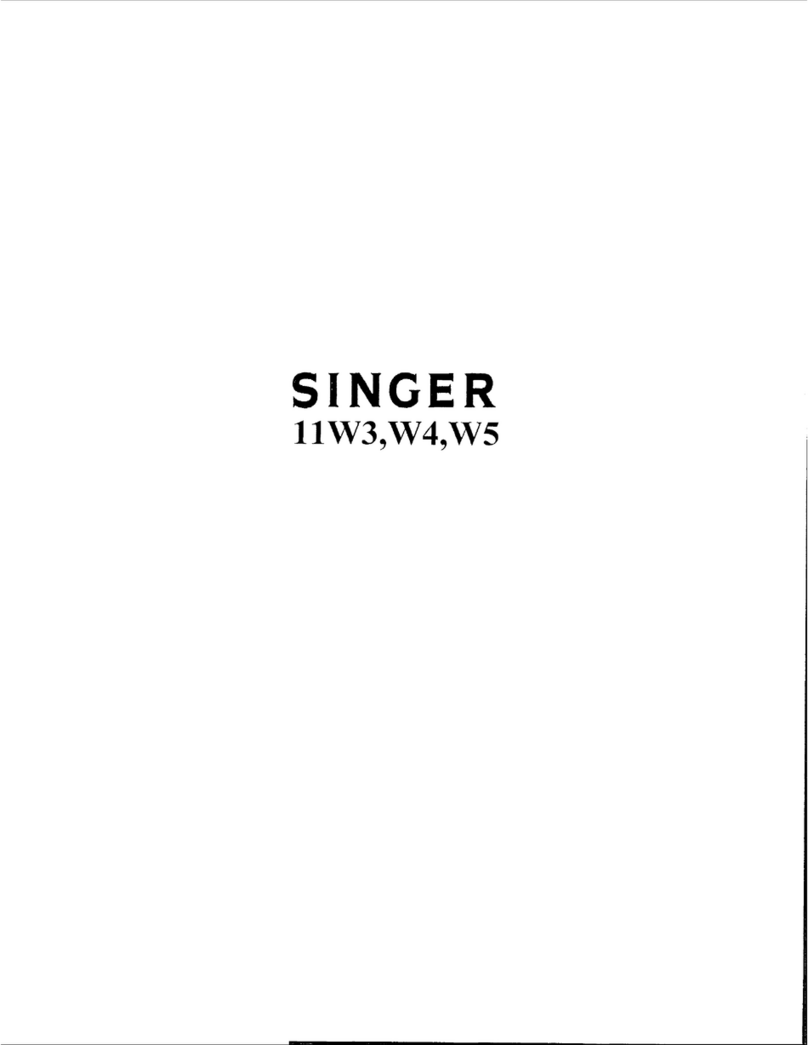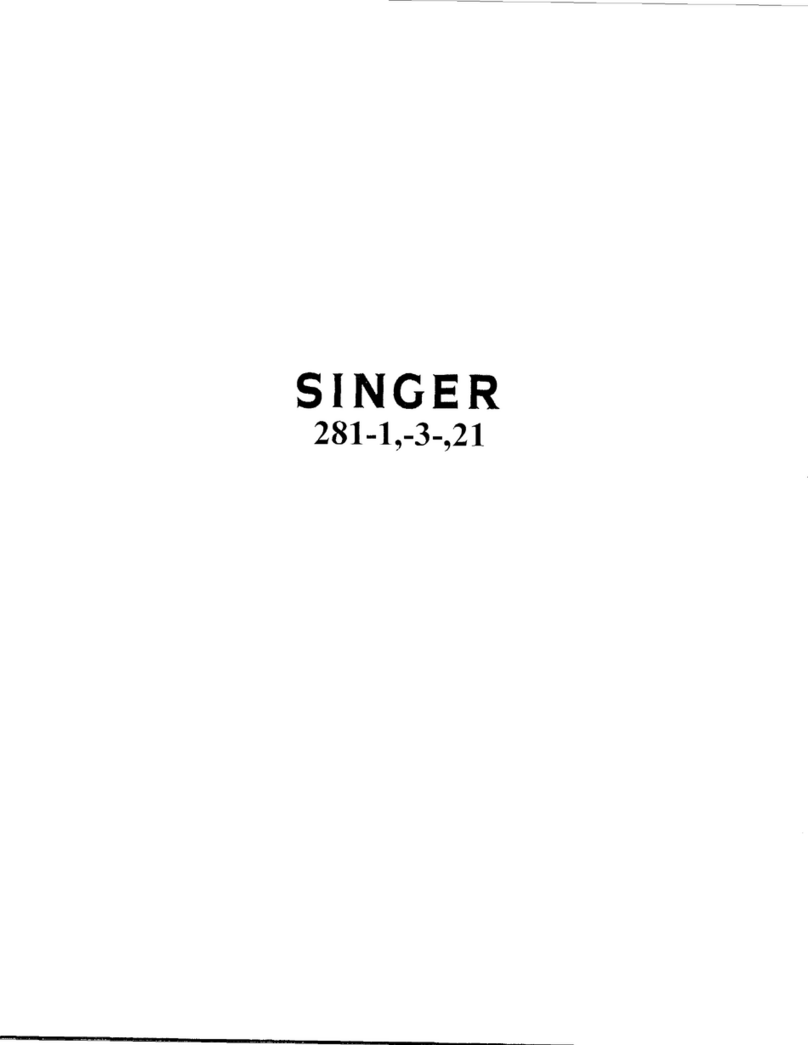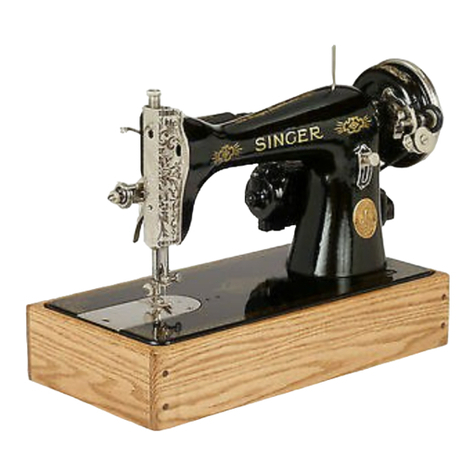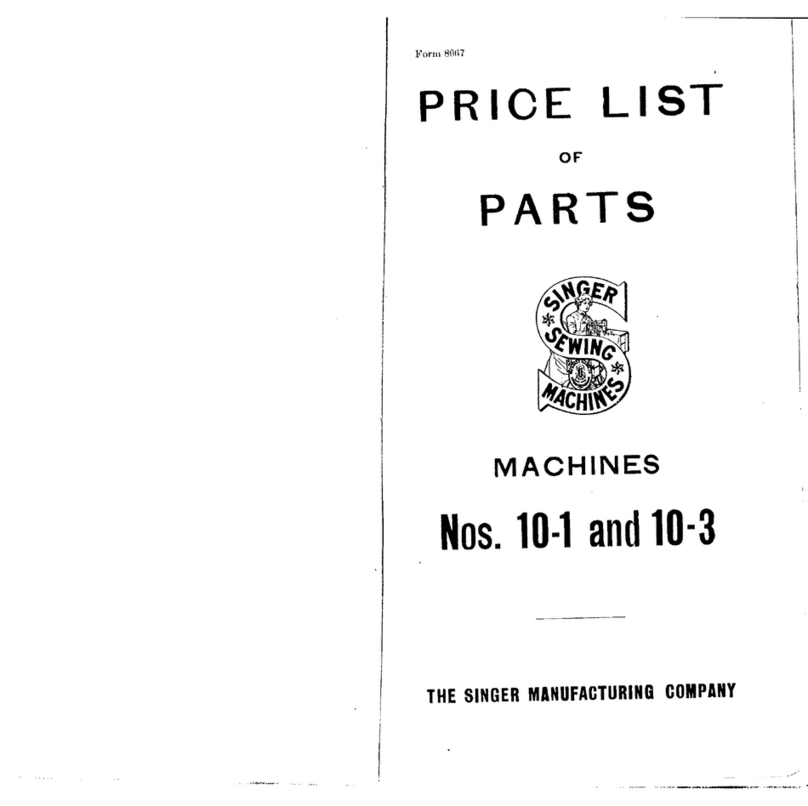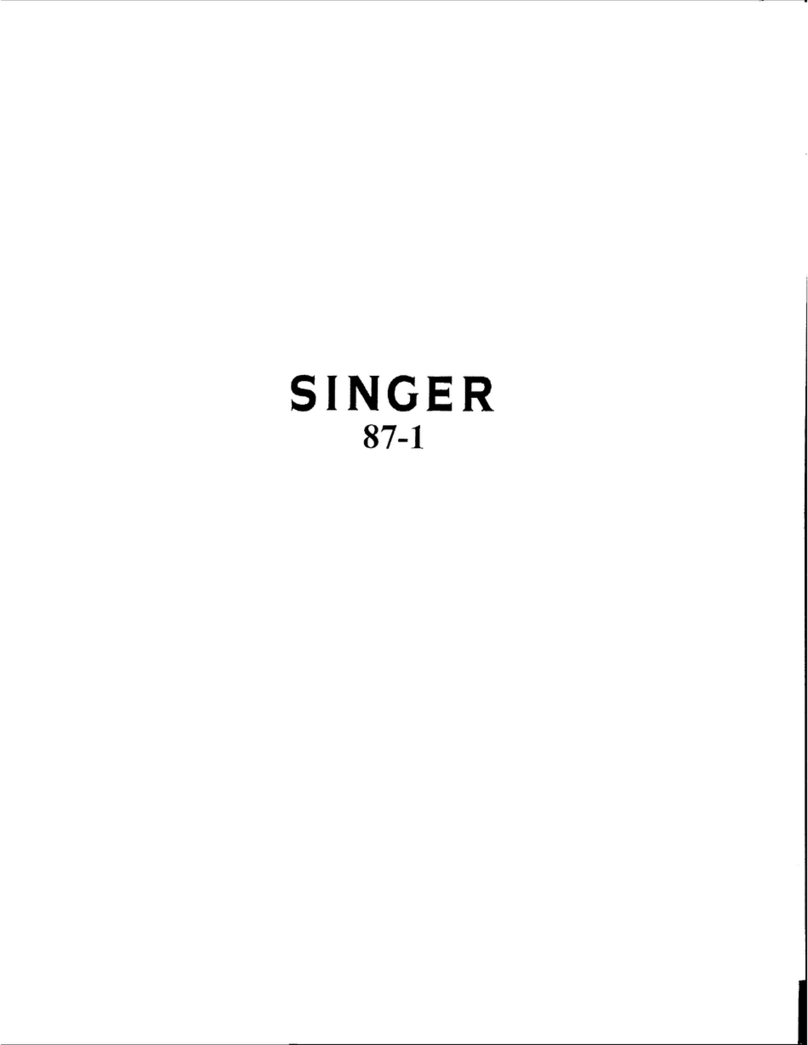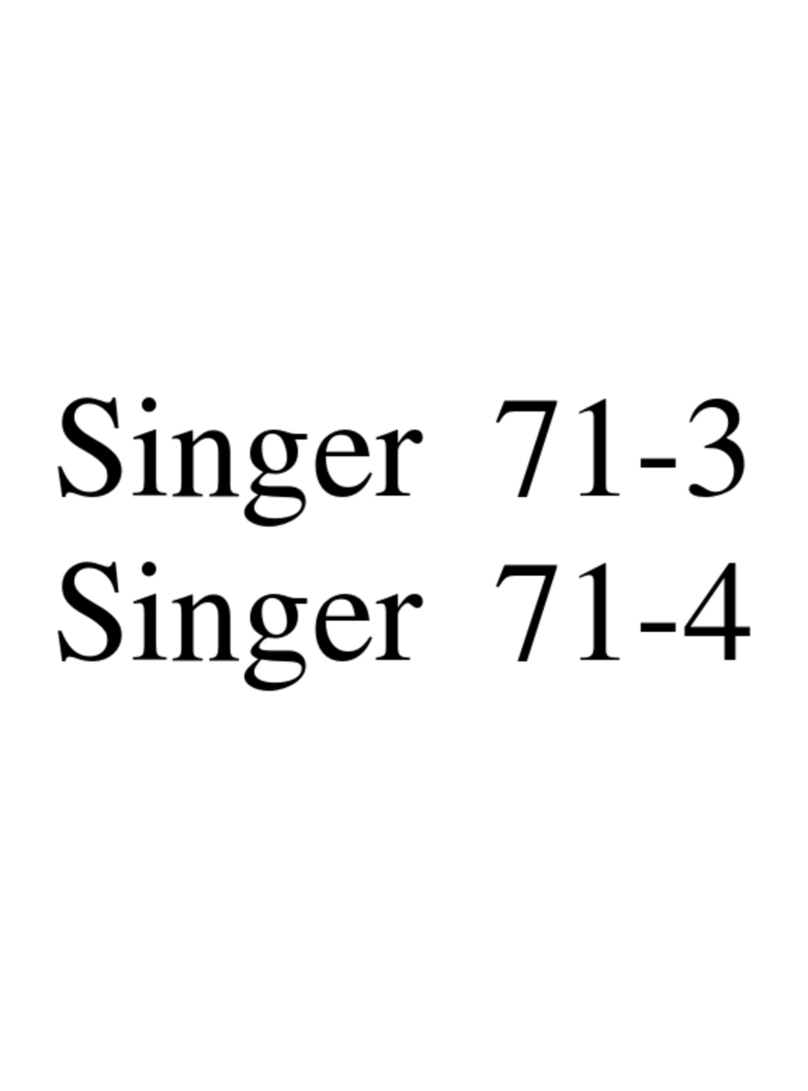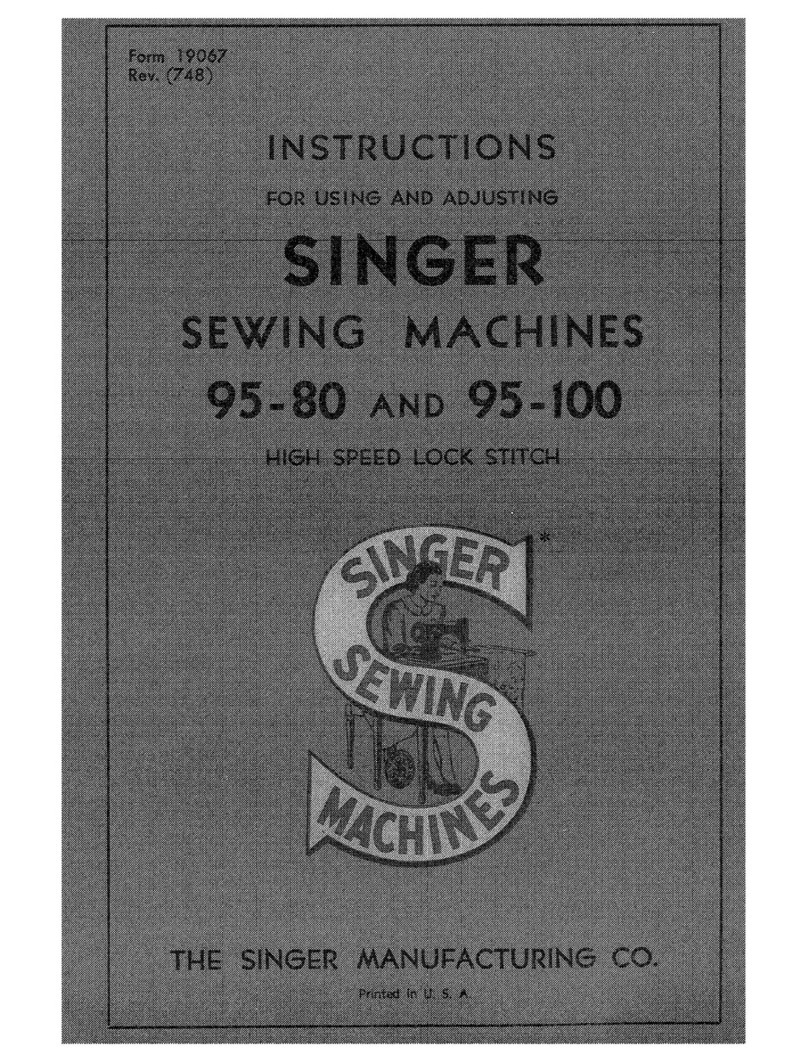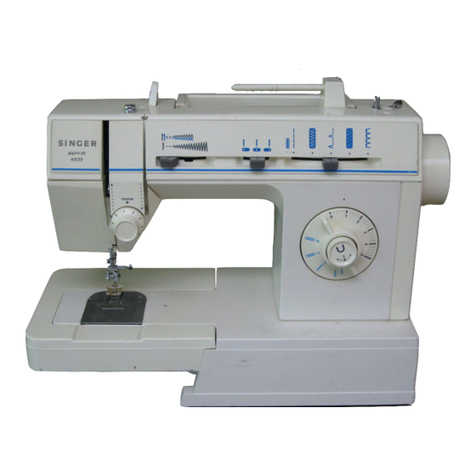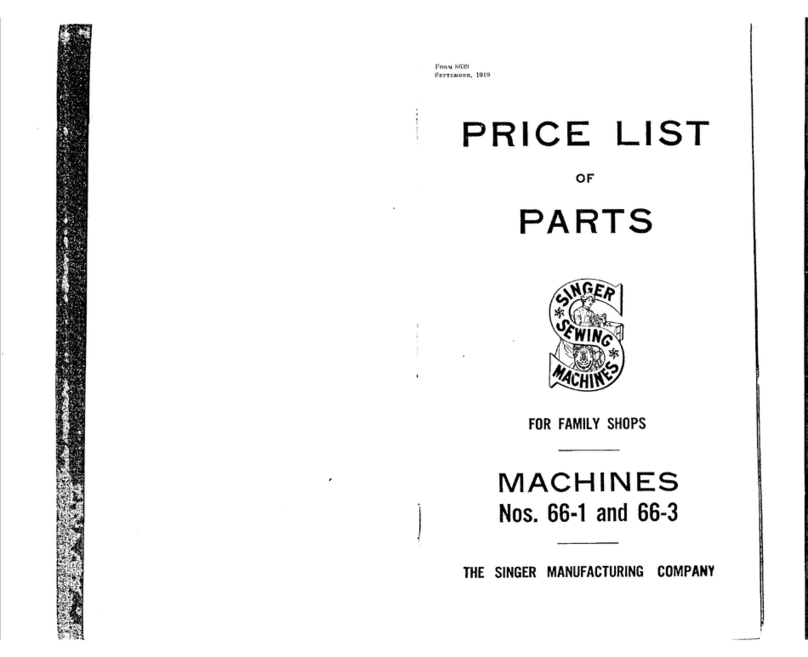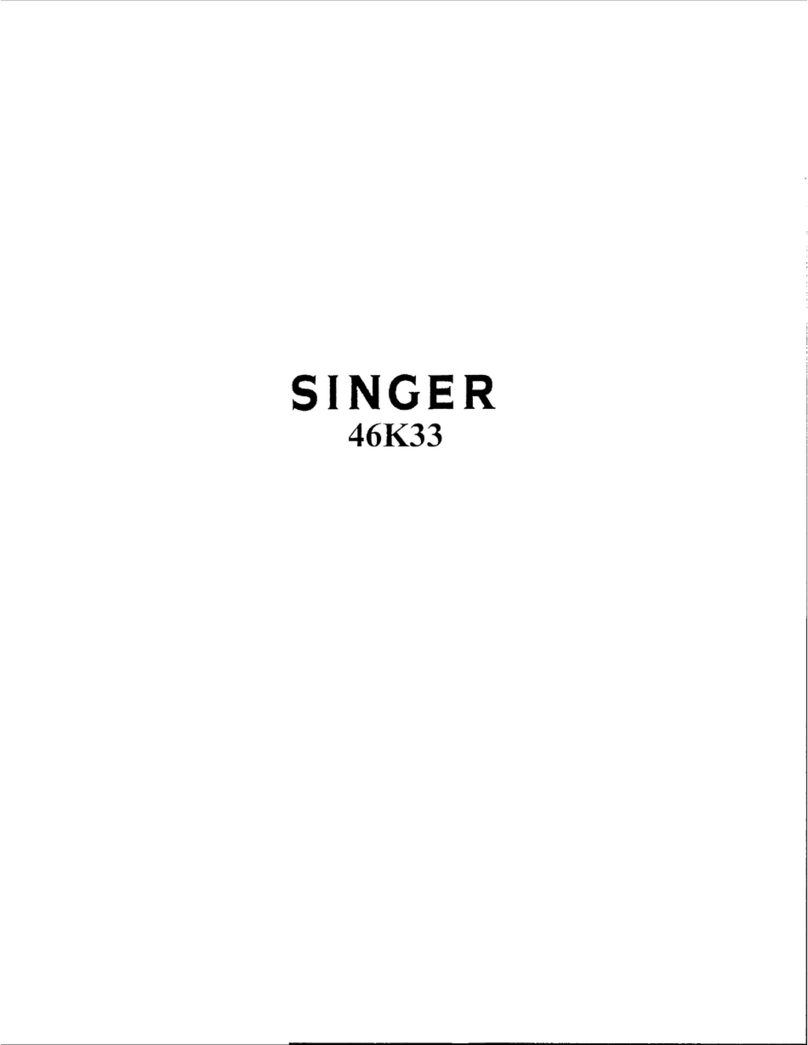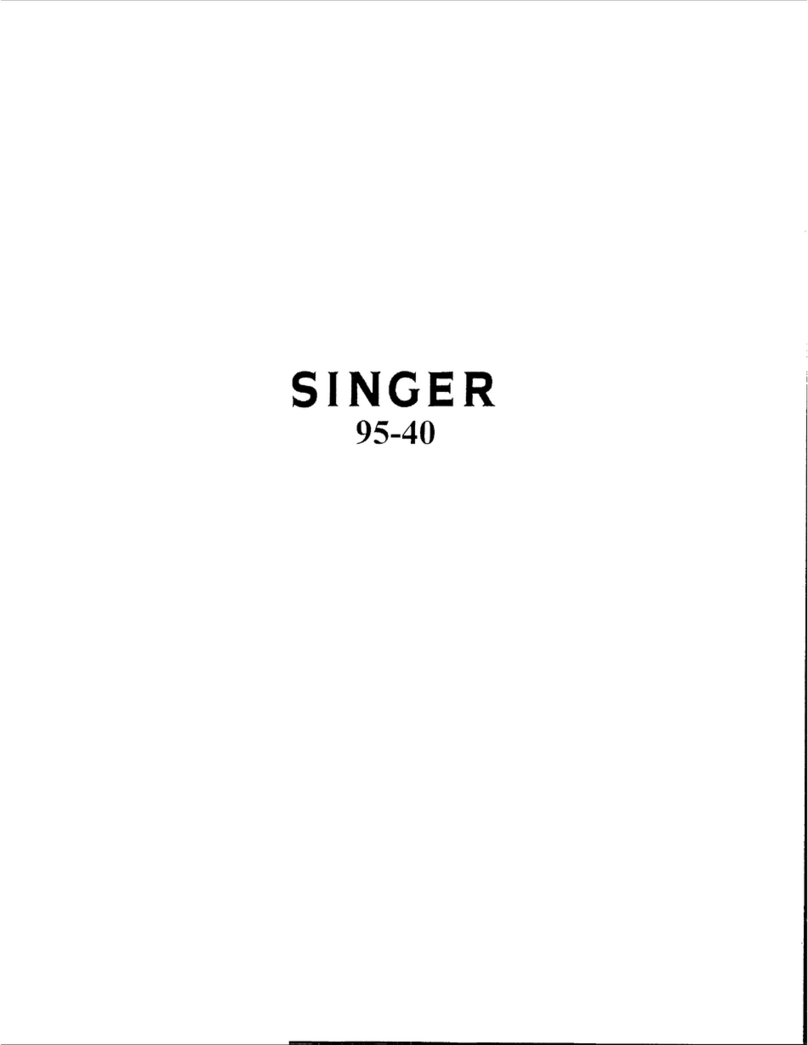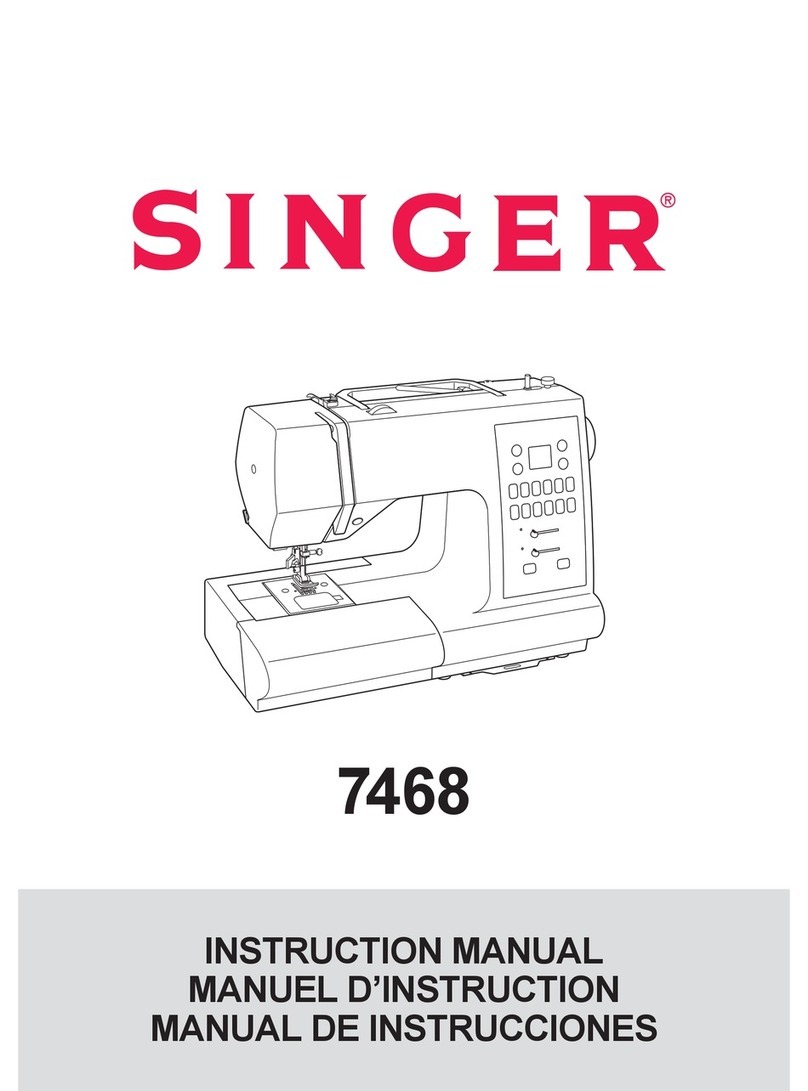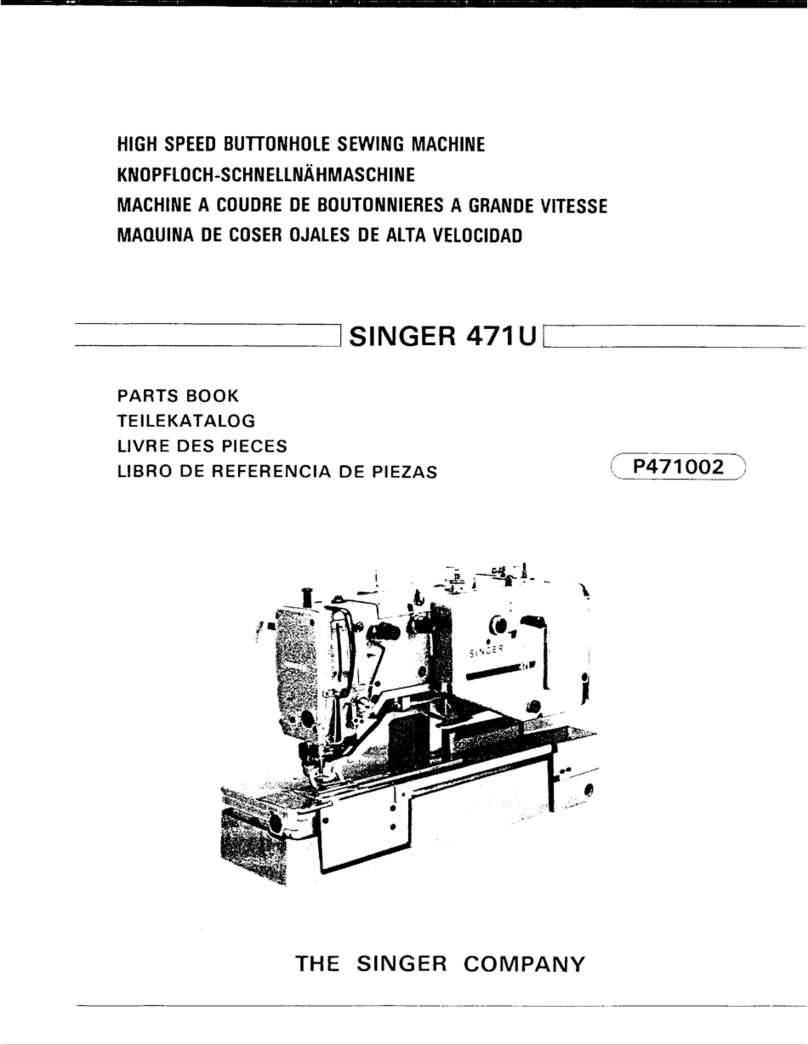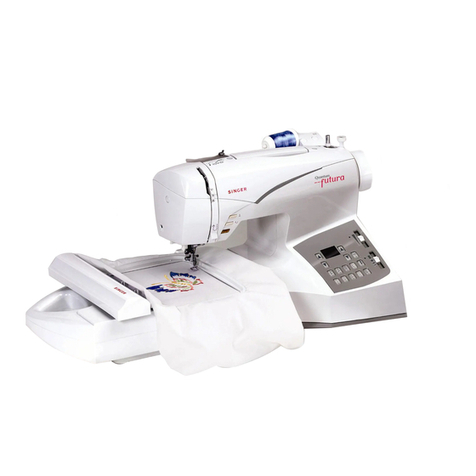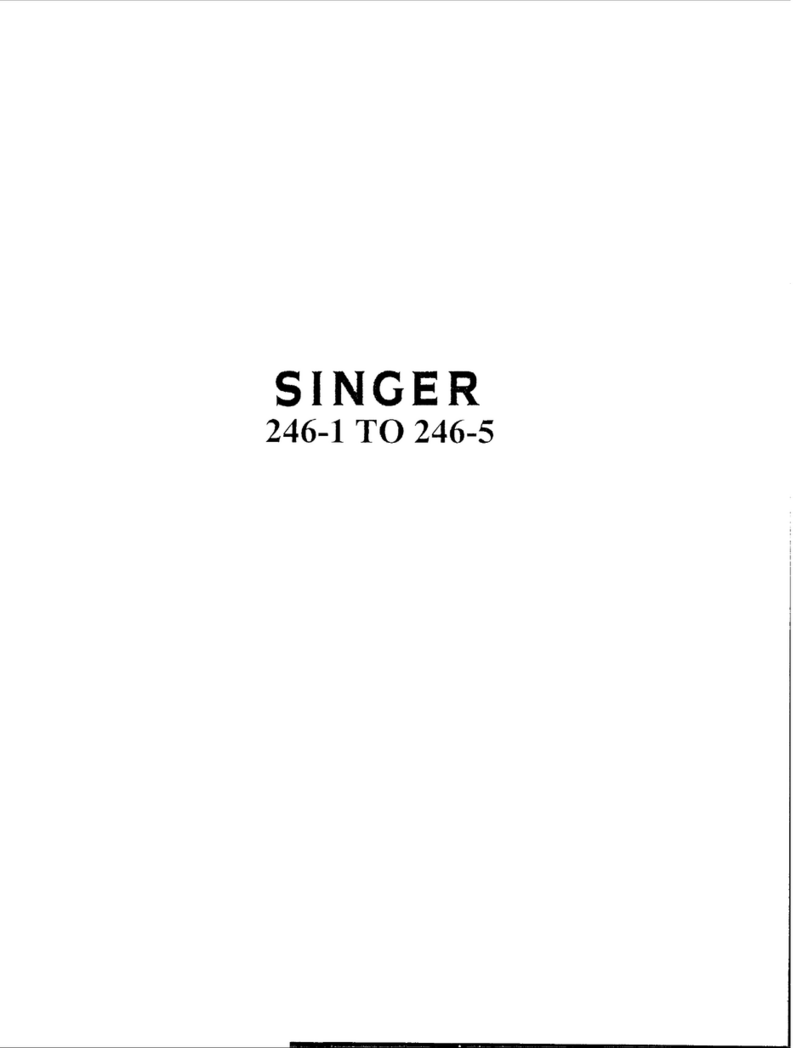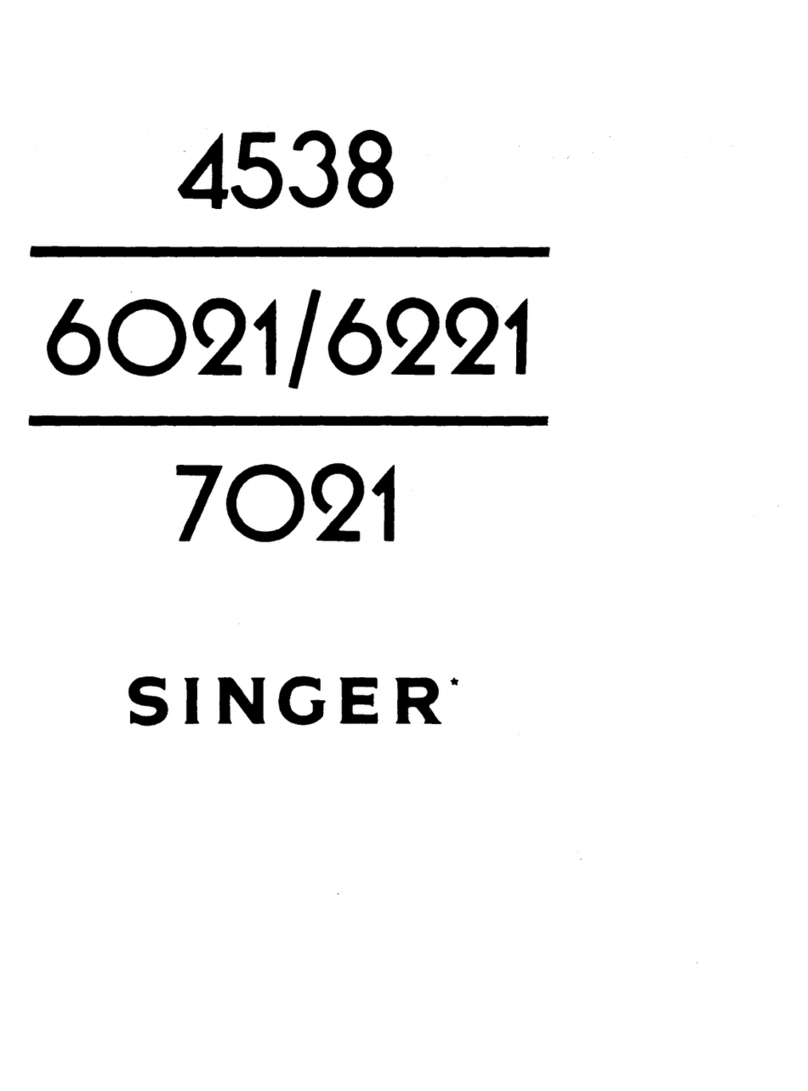
TABLE OF CONTENTS
INTRODUCTION............................................. 1
Intended Use .................................................................. 1
Machine Overview.......................................................... 1
Needle Area Overview.................................................... 2
Top of Machine ............................................................... 2
Overview Accessories .................................................... 3
Included Accessories (Not Pictured).................................... 3
Presser Feet................................................................... 4
Optional Accessories............................................................ 4
Stitch Overview............................................................... 5
Choosing Utility and Decorative Stitch Patterns ................. 5
Decorative Stitches .............................................................. 7
PREPARATIONS............................................ 8
Unpacking the Machine.................................................. 8
Connect to the Power Supply......................................... 8
Packing Machine after Sewing ....................................... 8
Free Arm/Removable Accessory Tray ............................ 9
Presser Foot Lifter.......................................................... 9
Thread Knife................................................................... 9
Spool Pin ...................................................................... 10
Wind the Bobbin ............................................................11
Insert the Bobbin ...........................................................11
Thread the Machine...................................................... 12
Needle Threader........................................................... 13
Needles ........................................................................ 13
Important Needle Information ........................................... 14
Selection Guide — Needle Size, Fabric, Thread ............... 14
Change the Needle....................................................... 14
Thread Tension............................................................. 15
Sew without Feed Teeth ............................................... 15
Change the Presser Foot ............................................. 16
OPERATING YOUR MACHINE.................... 17
Machine Operation Controls......................................... 17
Reverse Button................................................................... 17
Tie-O................................................................................ 17
Start/Stop............................................................................ 17
Needle Up/Down ............................................................... 17
Automatic Thread Cutter ................................................... 17
Speed Control Lever .......................................................... 17
Stitch Control Panel...................................................... 18
Display ............................................................................... 18
Stitch Menu........................................................................ 18
Stitch Width / Needle Position........................................... 18
Stitch Length...................................................................... 18
Stitch Selection Buttons..................................................... 18
Sewing Mode................................................................ 19
Display in Sewing Mode.................................................... 19
Select a Stitch..................................................................... 19
Create a Sequence .............................................................. 20
Inserting a Stitch ................................................................ 20
Delete a Stitch .................................................................... 20
Clear the Memory .............................................................. 20
SEWING........................................................ 21
Sewing.......................................................................... 21
Start to Sew – Straight Stitch........................................ 21
Change Needle Position..................................................... 21
Change Sewing Direction............................................. 22
Finish Sewing ............................................................... 22
Straight Stretch Stitch................................................... 22
Multi-Step Zigzag Stitch................................................ 23
Slant Overedge Stitch................................................... 23
Closed Overlock Stitch ................................................. 24
Blind Hems ................................................................... 24
Darning and Mending ................................................... 25
Repair Large Holes ............................................................ 25
Repair Tears ....................................................................... 25
Repair Small Holes ............................................................ 26
One-Step Buttonhole.................................................... 27
Sew Zippers.................................................................. 28
Centered Zipper ................................................................. 28
Hand-Look Quilt Stitch.................................................. 29
Button Sewing .............................................................. 29
MAINTENANCE............................................ 30
Cleaning the Machine................................................... 30
Cleaning the Bobbin Area............................................. 30
Cleaning under the Bobbin Area................................... 30
Troubleshooting............................................................ 31
Technical Specication ................................................. 34

